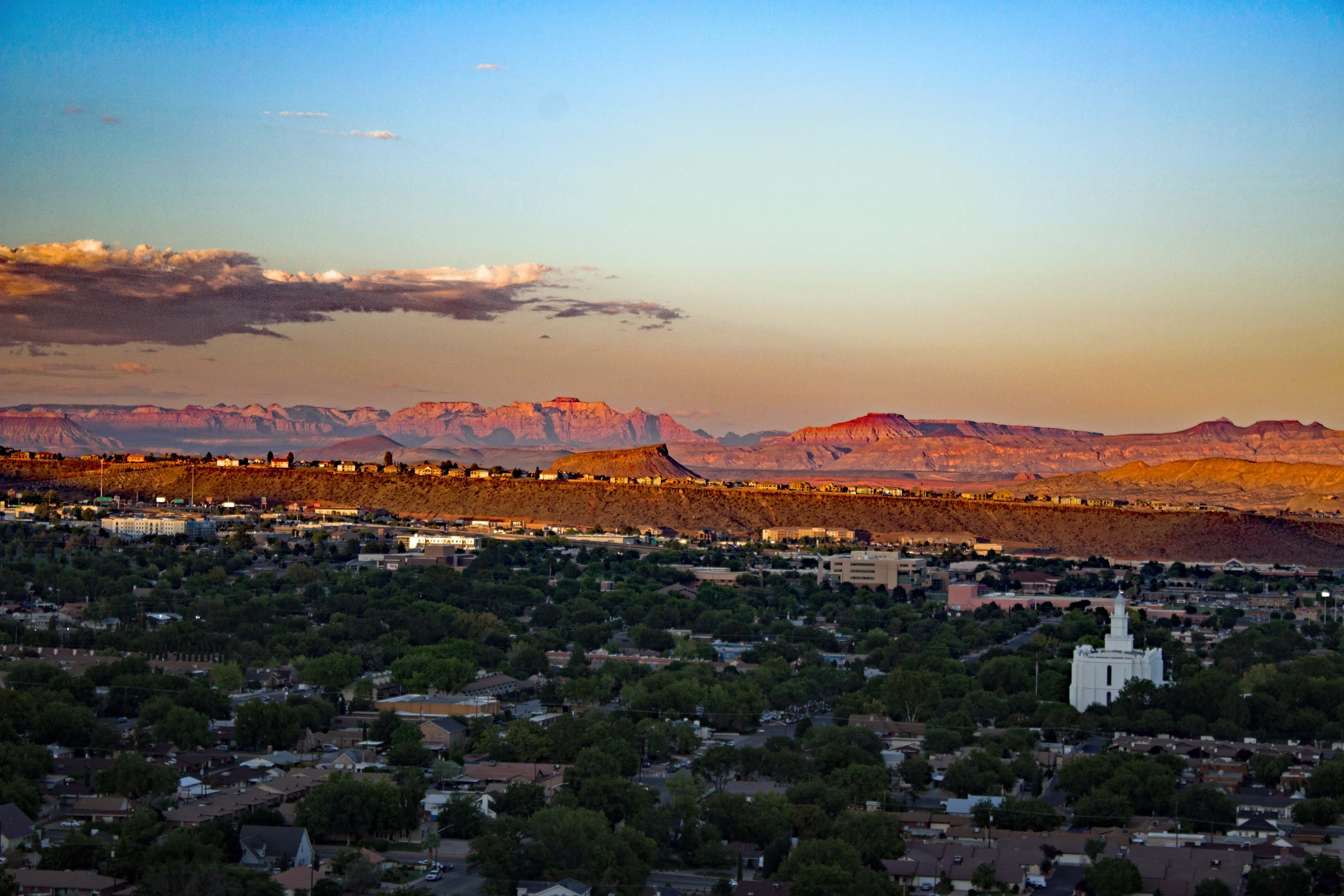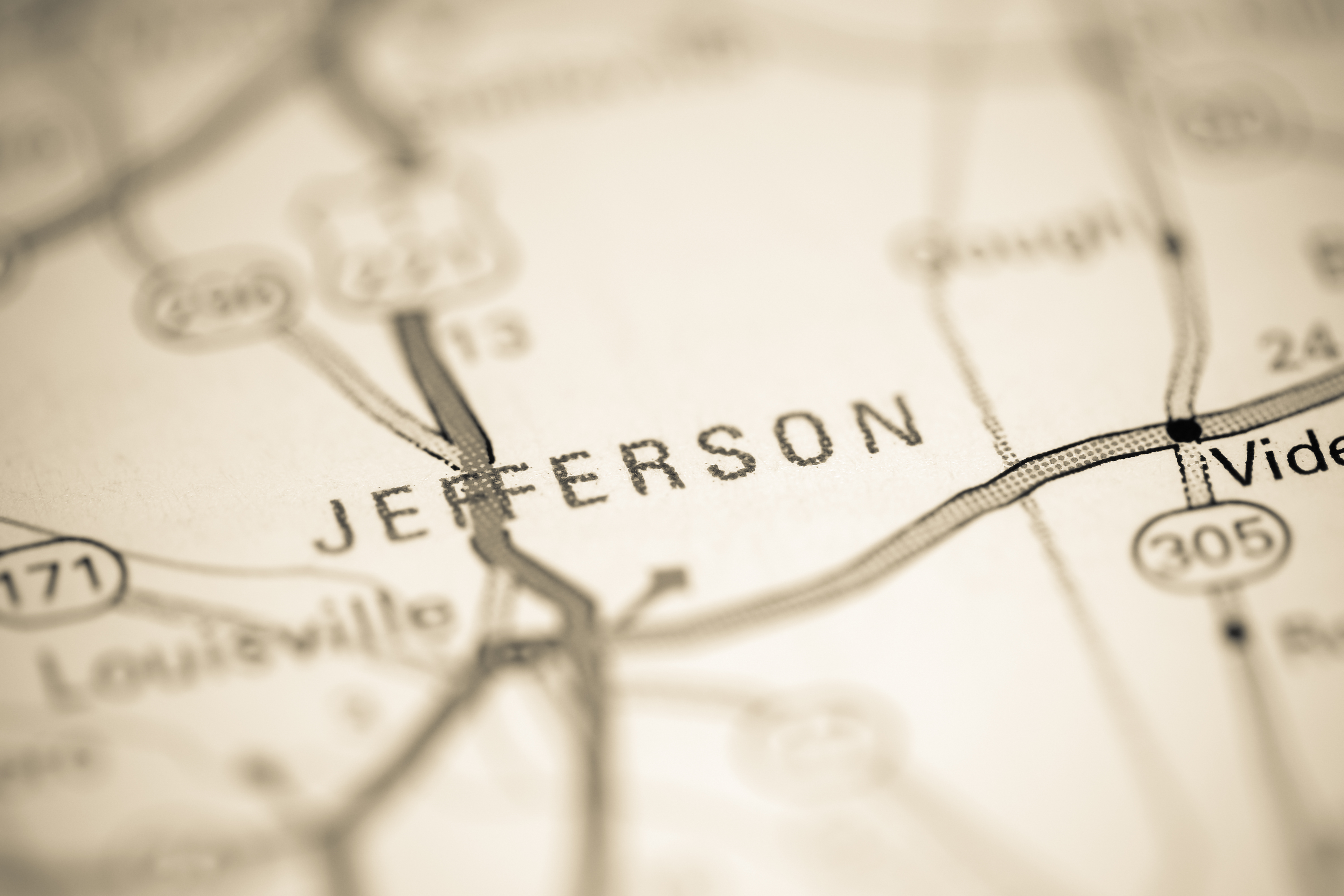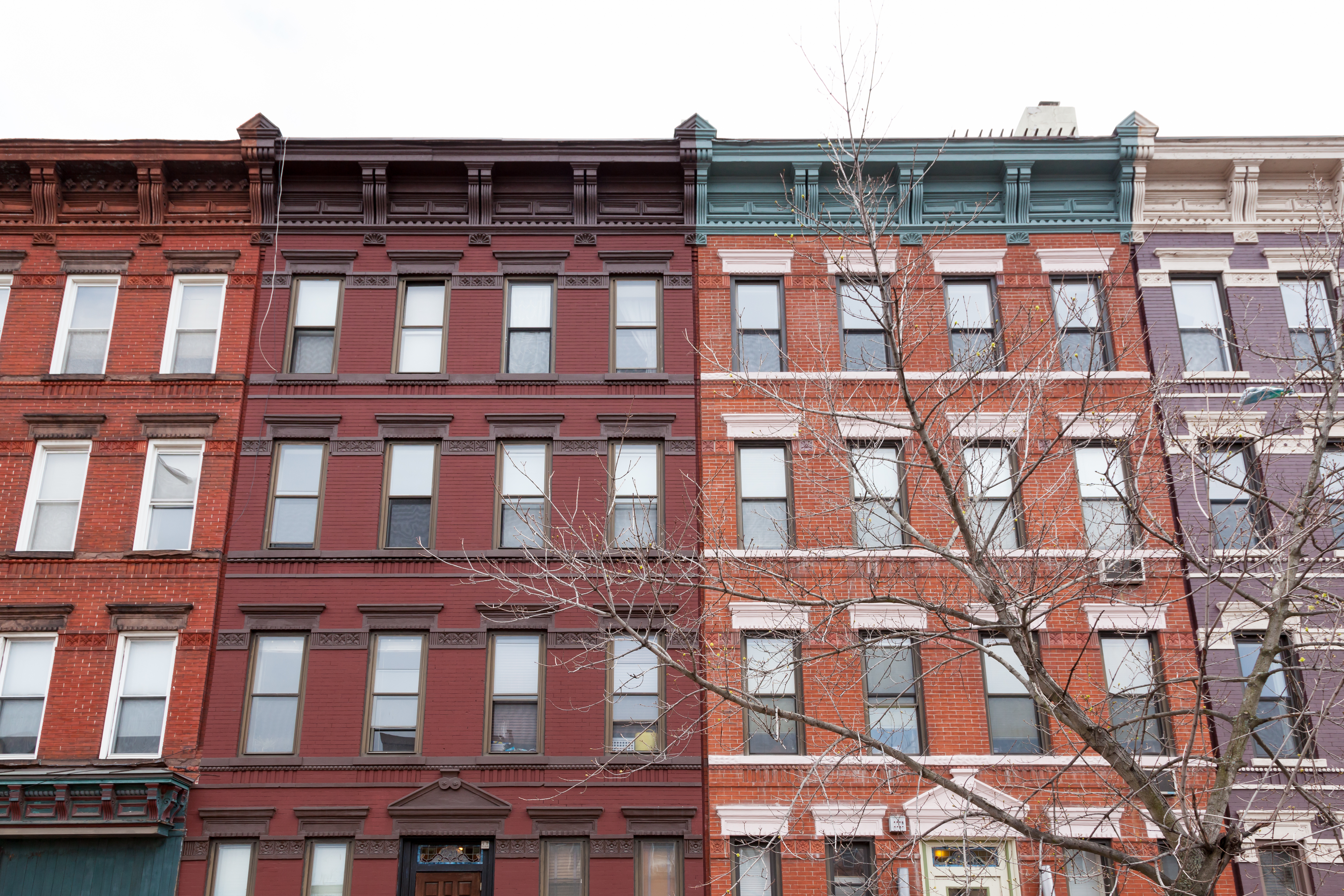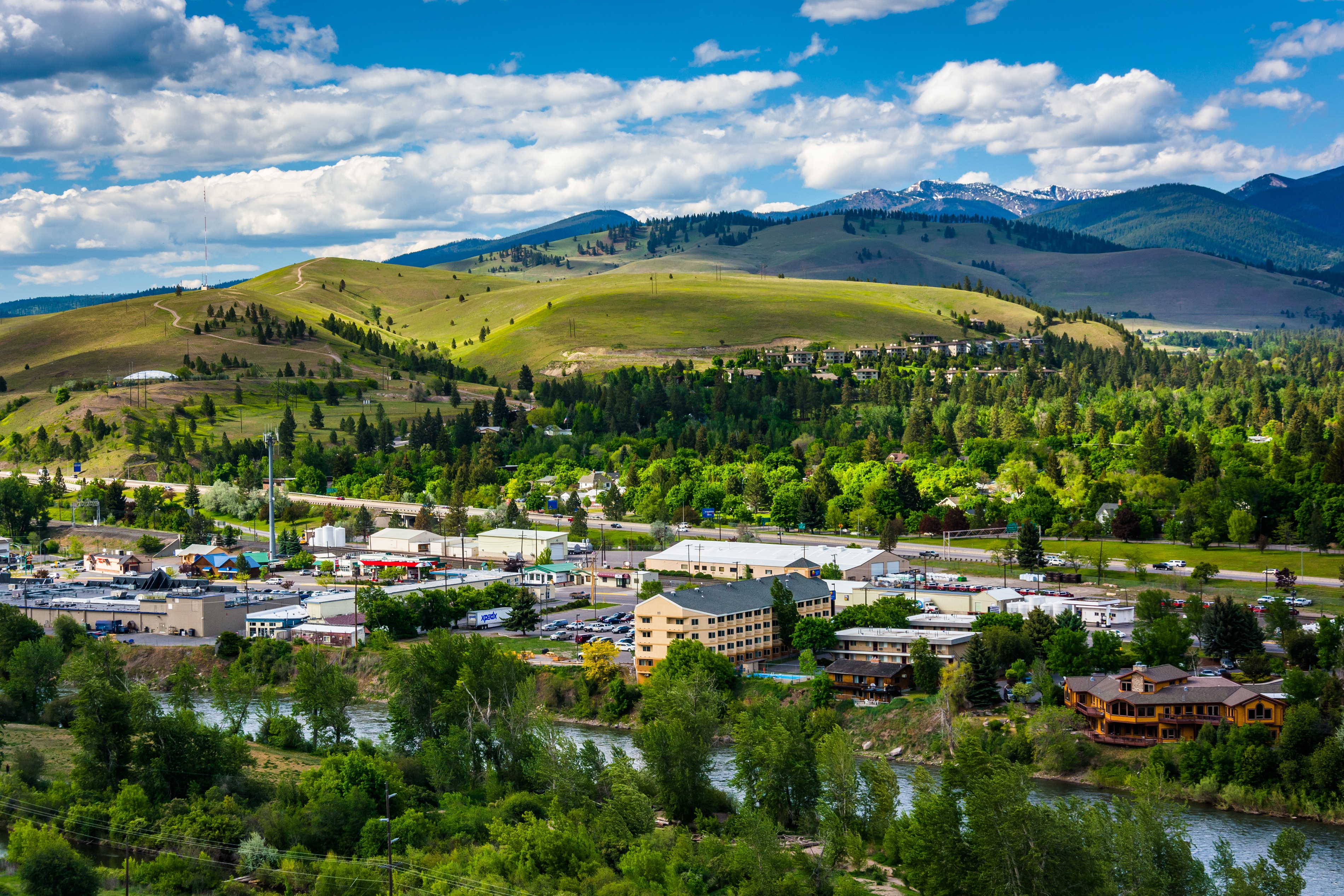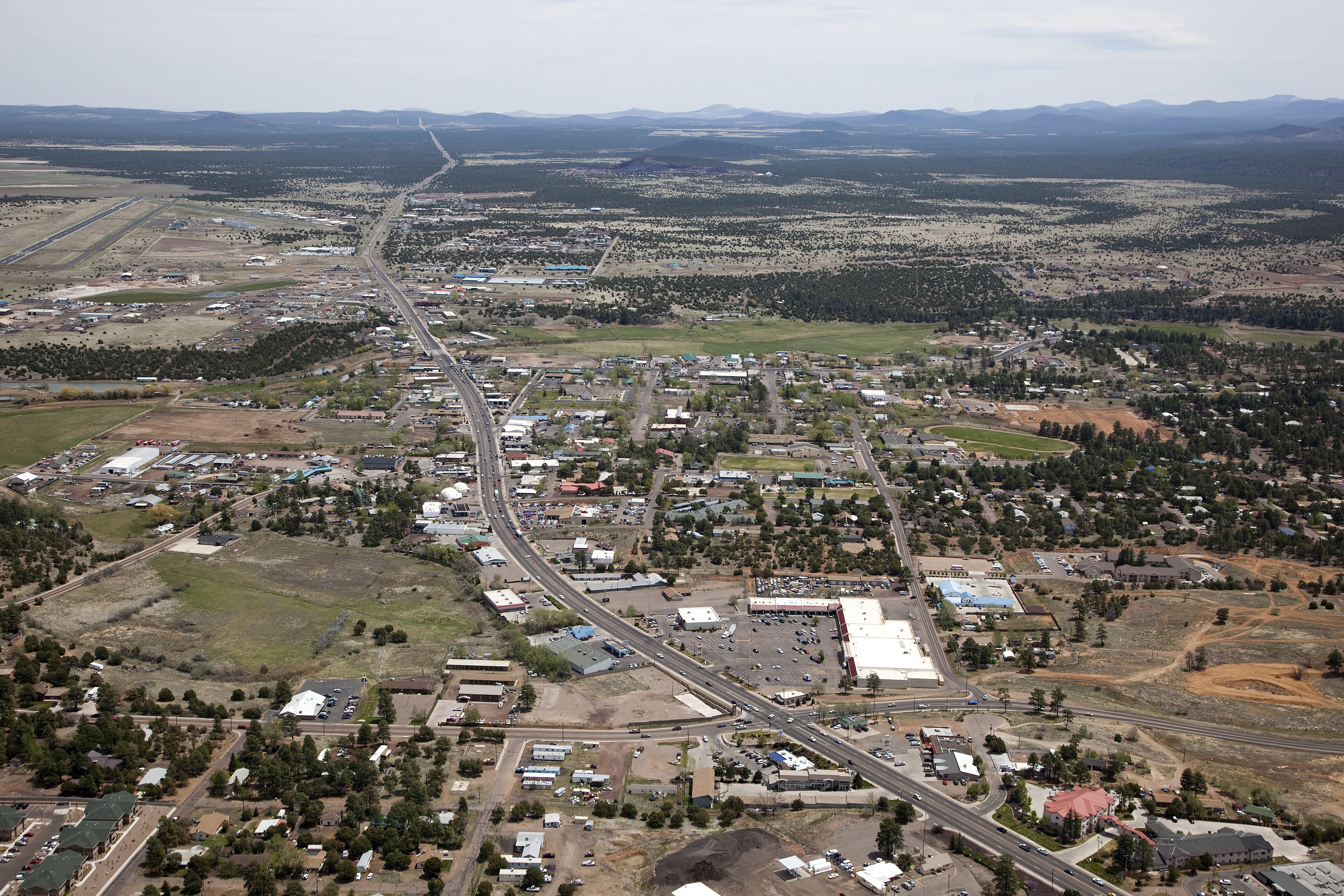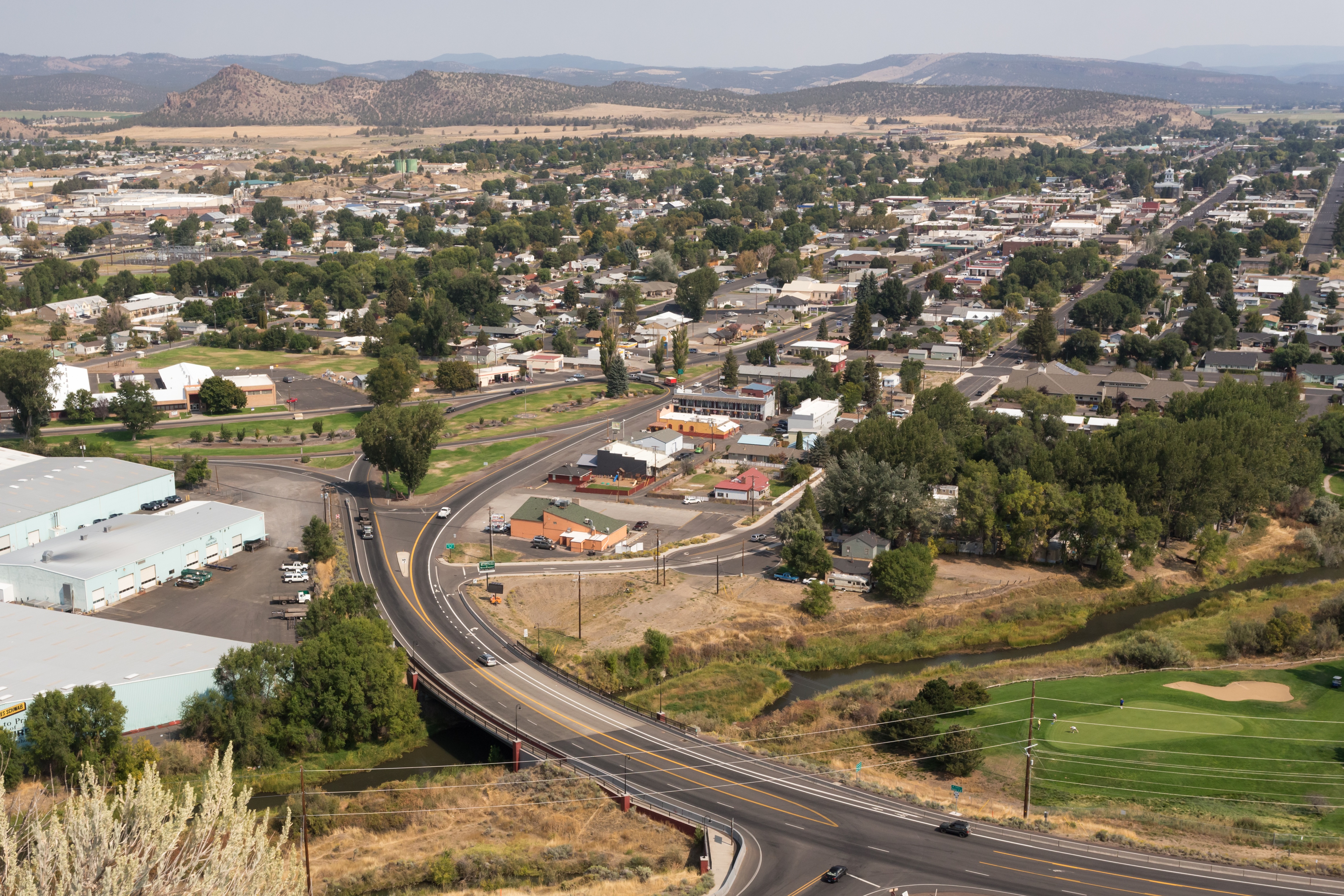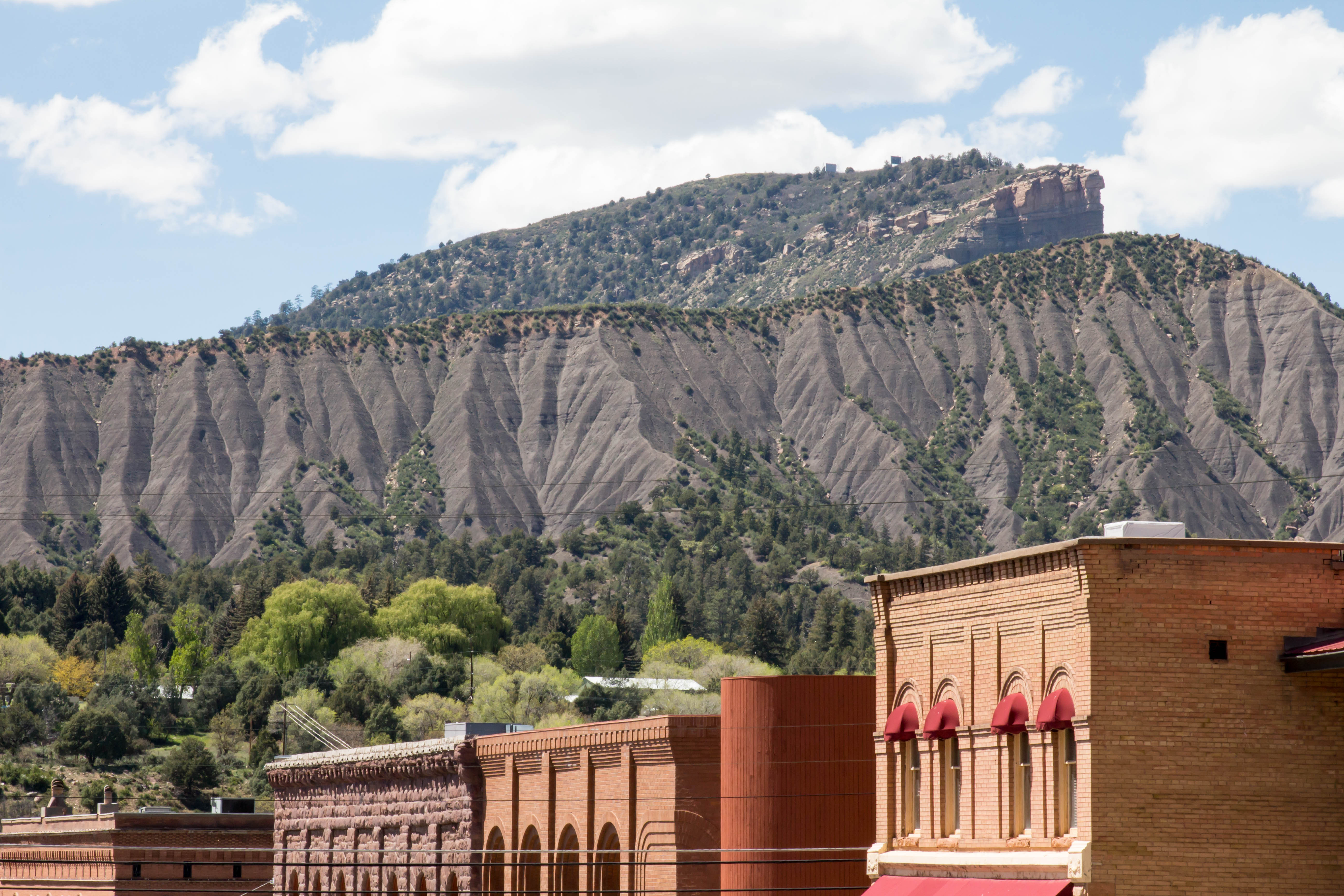There continue to be many widespread impacts of the coronavirus pandemic, and one we’ve been talking about a lot lately both here on the SiteSeer blog and with our clients is population migration.
Topics: Retail Data Analysis, Data Study, Population Study, Retail Industry, Coronavirus
The 15 Fastest-Growing Metropolitan and Micropolitan Areas: COVID-19 Edition
In March 2020, SiteSeer published its follow-up blog on the fastest-growing large micropolitan areas in the United States between the end of 2017 and the end of 2019.
Topics: Market Data, Data Study, Retail Recruitment, Population Study, Retail Industry, Communities Industry, Market Potential
The 15 Fastest-Growing Large “Micropolitan” Areas in the U.S. ('19)
Population growth is often a factor that service businesses and retailers look for when choosing locations. And while many are drawn to the large cities, smaller cities can offer just as much potential. That’s why in late 2017, we shared the top 16 fast-growing large micropolitan areas in the United States. And over two years later, it’s time for an update.
Topics: Data Study, Retail Recruitment, Population Study, Demographic Data, Communities Industry
SiteSeer's Look at the U.S. Cities with the Biggest Increase in Youth Population
If you’re a business that serves families with children, you’ve probably wondered: what areas in the United States are seeing the biggest increase in children? For our latest data study, we decided to take a look.
Topics: Retail Data Analysis, Market Data, Data Study, Population Study, Retail Industry
When you’re expanding your business, knowing the potential of your market is so important. And for many growing retailers, population growth is an important factor.
Topics: Data Study, Population Study
Growing retailers look to expand into markets where concentrations of their target consumers live, work or shop. A consumer’s lifestyle and life stage often define their preferences and behavior, and few factors better determine one’s lifestyle than education level. For this study, we wanted understand which markets were seeing an increase in education levels. To measure this, we looked at the change in the percentage of persons over age 25 that had no bachelor’s or master’s degree in 2013 compared to 2018. We also controlled for increases in bachelor’s degrees at the expense of master’s degrees, e.g. markets where the percentage of bachelor’s degrees increased while the percent of master’s degrees decreased.
Topics: Market Data, Data Study, Population Study
If you’ve been reading this blog for any amount of time, you probably know this about the team here at SiteSeer:
Topics: Data Study, Population Study, Demographic Data
Back in November, we assessed the top 16 fastest-growing large micropolitan areas in the United States. In case you need a refresher, a micropolitan area is defined by the Office of Management and Budget as a labor market area in the U.S. centered on a city with a population of at least 10,000 but fewer than 50,000 people. This is opposed to a metropolitan area, which has at least one city with a population of 50,000 or higher.
Topics: Data Study, Retail Recruitment, Population Study, Demographic Data, Communities Industry
Every growing retailer wants to find the perfect location to expand their business. Large cities tend to capture the attention of many businesses, but don’t overlook “micropolitan” areas: markets with a core city of 10,000 to 50,000 population. These areas often have untapped potential and some distinct advantages over expanding into a larger market.
Topics: Data Study, Retail Recruitment, Population Study, Demographic Data, Communities Industry


